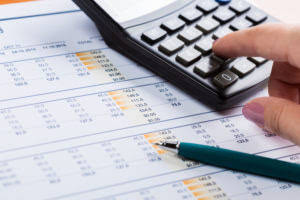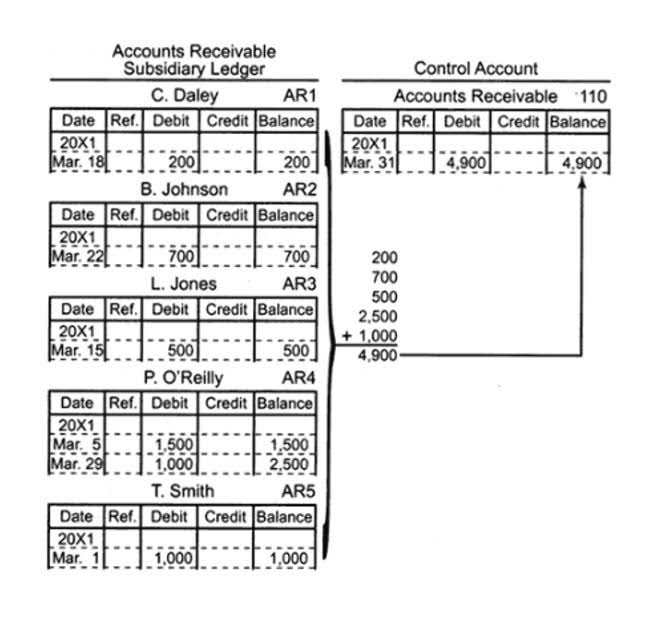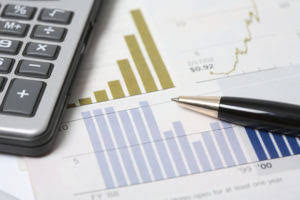
There’s also something called residual value, which is quite similar but can mean different things. Sometimes, it’s about predicting the value of the thing when a lease or loan ends. Other times, it’s about figuring out how much it’s worth when it’s done for good, minus the cost of getting rid of it. Salvage value might only focus on its worth when it’s done, without considering selling costs. This method estimates depreciation based on the number of units an asset produces. The chosen depreciation method influences the book value of the asset, impacting the gain or loss on disposal.

Salvage Value Calculator
Salvage value is a commonly used, if not often discussed, method of determining the value of an item or a company as a whole. Investors use salvage value to determine the fair price of an object, while business owners and tax preparers use it to deduct from their yearly tax liabilities. Depreciation measures an asset’s gradual loss of value over its useful life, measuring how much of the asset’s initial value has eroded over time. By integrating financial data and automating calculations, Deskera ERP ensures accuracy and consistency in determining salvage values across various asset categories. First, companies can take a percentage of the original cost as the salvage value. Third, companies can use historical data and comparables to determine a value.
How much water should i be drinking calculator
Both declining balance and DDB require a company to set an initial salvage value to determine the depreciable amount. Next, the annual depreciation can be calculated by subtracting the residual value from the PP&E purchase price and dividing that amount by the useful life assumption. When an asset or a good is sold off, its selling price is the salvage value if tax is not deducted then this is called the before tax salvage value. You can find the asset’s original price if the salvage price and the depreciation rate are known to you with the salvage calculator.

Company
If the IRR is less than the required rate of return, the project is unprofitable and should be rejected. https://www.bookstime.com/ This can be done by using market data, depreciation methods, or expert opinions. At this point, the company has all the information it needs to calculate each year’s depreciation.
Straight-Line Method
It is an important factor to consider in capital expenditure analysis, as it affects the net present value (NPV) and internal rate of return (IRR) of a project. In this section, we will discuss how incorporating salvage value in capital expenditure analysis can lead to improved decision making, reduced costs, and increased profits for a business. We will also provide some examples and tips on how to estimate and use salvage value in your calculations. Discount the salvage value to its present value using the appropriate discount rate. The discount rate is the minimum required rate of return for the project, which reflects the risk and opportunity cost of the investment.
Example of salvage value calculation for a car belonging to a business for after and before tax
It involves finding after tax salvage value future cash flows of an option and discounting them to find their present worth and comparing it to the initial outlay required. The disposal value, also known as gross proceeds, is the amount received when selling or disposing an asset. The first step is to determine this value by determining market prices for similar assets, referencing professional appraisals, or negotiating with potential buyers.

Sum-of-the-Years-Digits Depreciation Method

For example, if an asset has a cost of $10,000 and a useful life of 5 years, the straight-line rate would be $2,000 per year. However, with the double-declining balance method, the rate is doubled to $4,000 per year. The double-declining balance method is a depreciation technique used to calculate the reduction in value of an asset over its useful life. This method allows for faster depreciation in the earlier years and slower depreciation in the later years.
- If the salvage value is lower than the book value, the company may claim a tax deduction on the loss from the sale or disposal of the asset.
- Let’s say the company assumes each vehicle will have a salvage value of $5,000.
- The salvage value is calculated to know the expected value or resale value of an asset over its useful life.
- Therefore, it is important to consider these factors carefully and make realistic and reasonable assumptions when estimating and incorporating salvage value in capital expenditure analysis.
- Factors such as market saturation, technological obsolescence, and economic conditions play a role, as do regulatory considerations like environmental laws.
- Companies can also get an appraisal of the asset by reaching out to an independent, third-party appraiser.
How to Calculate After Tax Salvage Value
Salvage value has a significant impact on the cash flows and profitability of a project. It affects the initial investment, the annual depreciation expense, the terminal cash flow, and the tax implications of the project. Therefore, it is important to incorporate salvage value in the capital expenditure analysis and use appropriate discount rates to calculate the present value of the salvage value. Generally, salvage value increases the NPV and IRR of a project, as it reduces the net investment and increases the net cash flow. However, the magnitude and direction of the impact depend on the size and timing of the salvage value, the depreciation method, the tax rate, and the discount rate. For example, salvage value has a larger impact on NPV and irr when it is higher, occurs sooner, uses a straight-line depreciation method, has a lower tax rate, and has a lower discount rate.
Understanding after tax salvage value is a crucial component in determining the overall profitability of an investment or asset. It helps businesses and individuals estimate the net cash flow they will receive when disposing of an asset after taking into account the applicable tax consequences. In this article, we’ll walk payroll you through the process of calculating the after tax salvage value. When calculating depreciation, an asset’s salvage value is subtracted from its initial cost to determine total depreciation over the asset’s useful life. From there, accountants have several options to calculate each year’s depreciation. Salvage value is also called scrap value and gives us the annual depreciation expense of a specific asset.























